Image
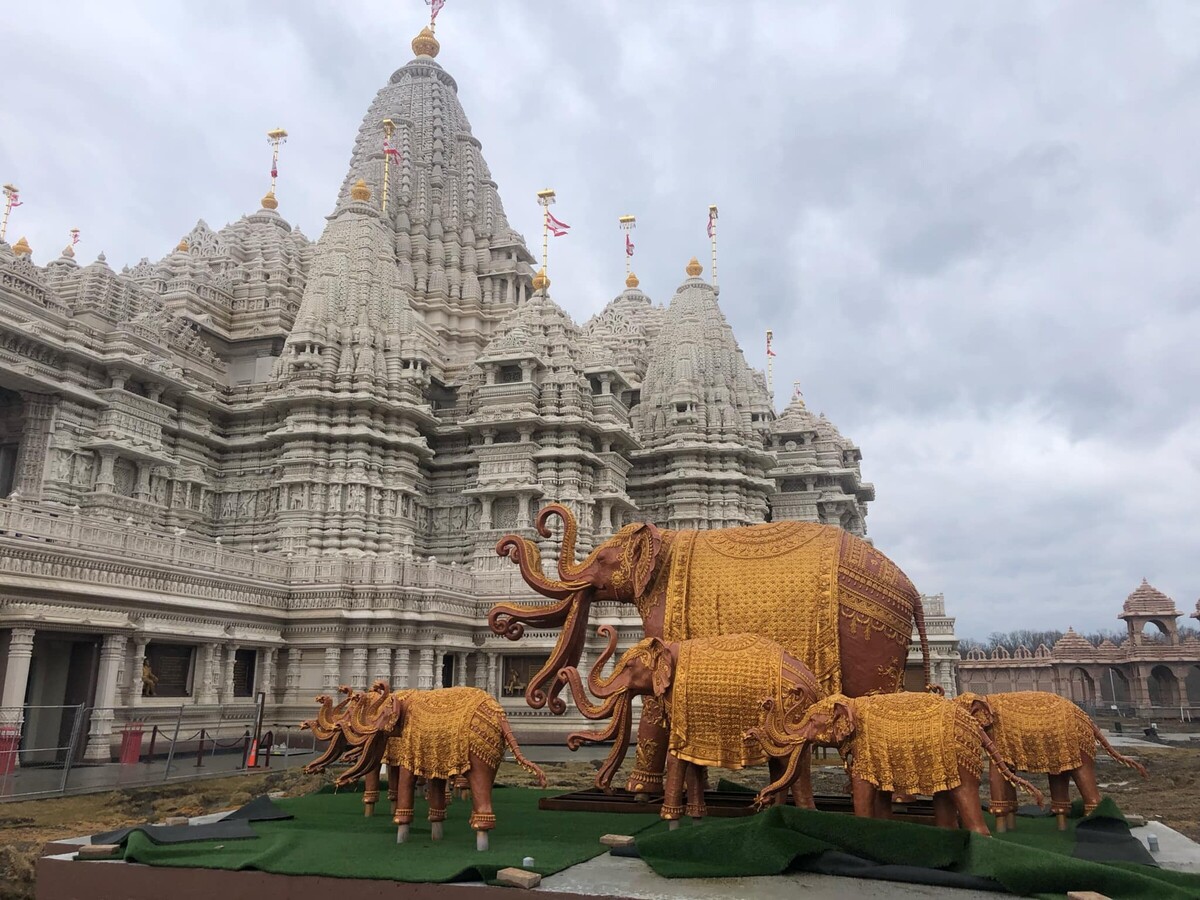

Editor's Note: Mikę Strzelecki, one of The Expression's popular columnists, loves to explore--near or far--internationally or close to home. Our readers have enjoyed his monthly columns and photographs of birds he loves and often travels to meet. Recently, Mike proposed a new column featuring interesting places to visit from Boyertown as a simple day trip. Today's column is his inaugural article.
by Mike Strzelecki*
One of the grandest places of worship in the world recently opened near Trenton, New Jersey, a quick 90-minute drive from Boyertown. The Swaminarayan Akshardham is a sprawling Hindu mandir (temple) built on 180 acres of New Jersey farmland. The impossibly ornate main shrine, and centerpiece of the campus, is the second largest Hindu temple in the world and the largest in the western hemisphere. It may be the most lavish building you ever step foot in. The temple is open for public tours six days a week, and well worth the drive.
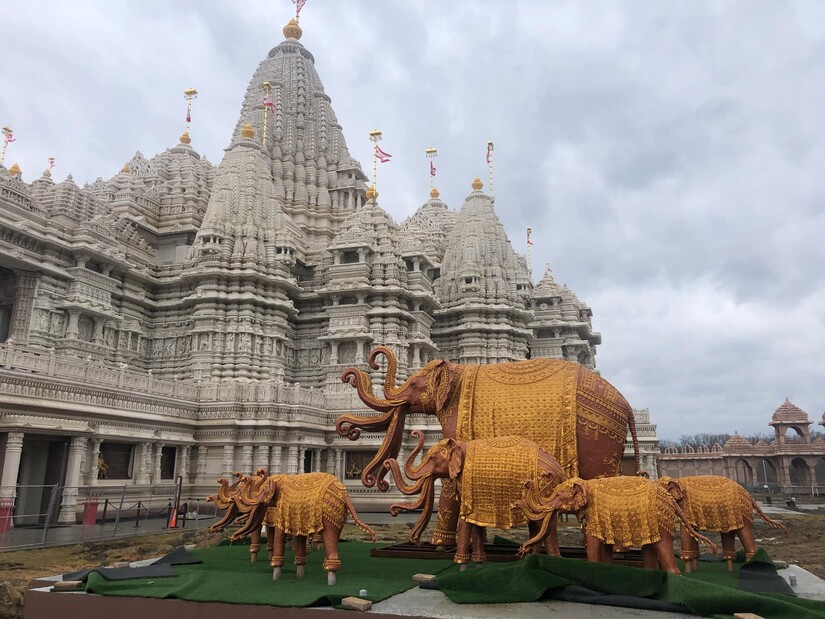
Upon arriving at the temple complex, the first feature visitors encounter is a small lake, called Brahma Kund. Its waters are sacred. It’s filled with water from all over the world, including 108 holy rivers of India and water sources from all 50 states. The 49-foot-tall golden statue gazing out from the lake is that of Nilkanth Varni, who at the age of eleven, embarked on a fearless 8,000-mile, seven-year spiritual foot journey across India.
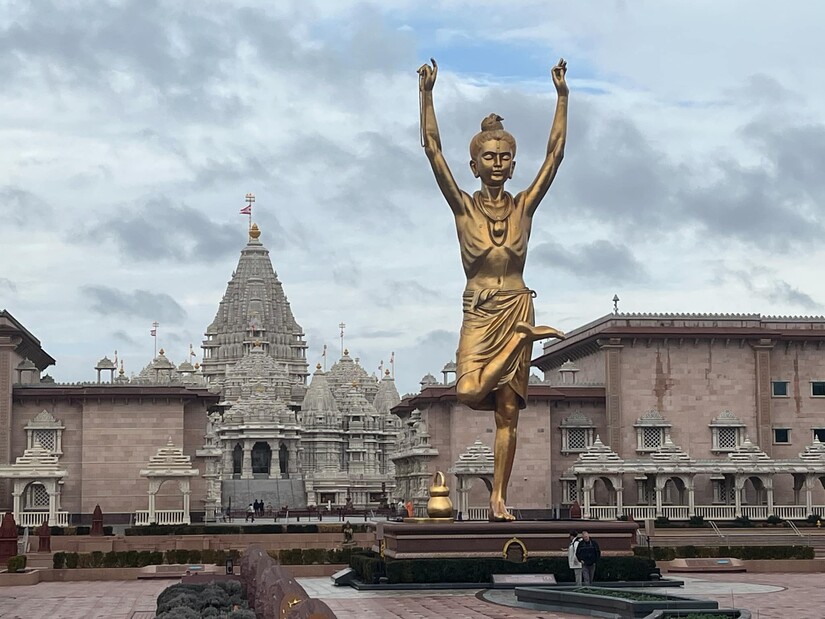
Tours depart from the visitors center. The visitor center’s interior is crafted of hand-carved Burmese teak wood, with painfully intricate details. The 2,700 lanterns you see honor Diwali, the Indian festival of light. You quickly realize that every square inch of space in the various temple buildings are adorned with spiritually significant iconography, often depicting Hindu scriptures.
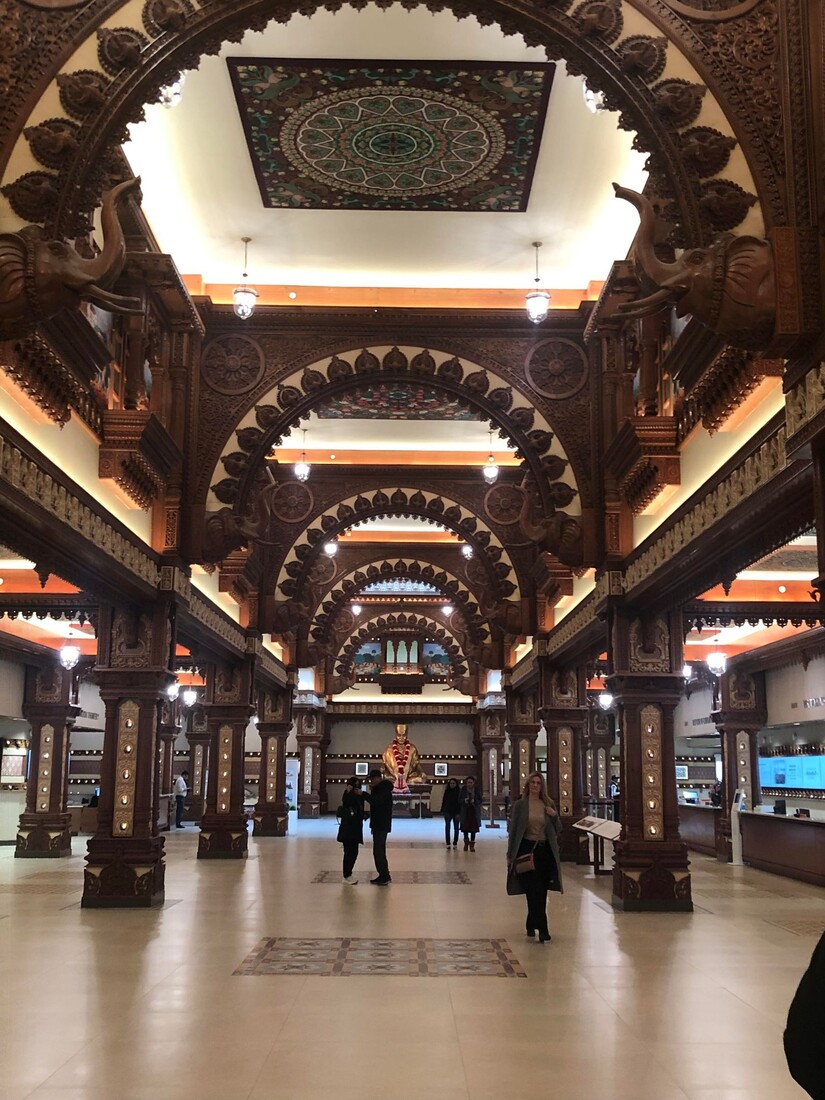
A tour guide offers a brief primer on the basic spiritual aspects of Hinduism and then walks you through campus. You pass scores of statues, smaller temples, and fountains rimmed with seasonal flowers. There are over 10,000 hand-carved statues around the campus and in the temples. Many outbuildings are made from red-hued sandstone imported from India.
The tour’s focus is the main shrine - a palatial edifice of carved Bulgarian and Turkish limestone jutting 200 feet skyward. Hindus believe that God resides here in the form of sacred images. The shrine’s ornateness and unusual architecture makes it appear - to me, at least - like an enormous blow-up of a Lego castle, maybe starting to melt a bit. The limestone exterior is designed to guard against New Jersey’s tempestuous weather for thousands of years.
Notice that the shrine’s base includes monuments to such dignitaries as Martin Luther King, Jr., and Albert Einstein, signifying the temple’s desire to be inclusive and serve as a beacon for peace.
Inside, visitors immediately notice that the opulence of Swaminarayan Akshardham is not understated like the grand cathedrals of Europe; it slaps you in the face. Every inch of the sprawling interior is hand-carved marble, with the rock coming from Greece, Turkey, and Italy. The interior space sparkles brightly from light reflecting off the marble floor, walls, and ceilings. Thousands of hand-carved marble statues fill any empty space.
The shrine’s various interior domes are the highlight. Guides will explain the significance of each. Our guide said that they were built with traditional architectural techniques, meaning interlocking load-bearing stones and no concrete or steel connections. The main dome is believed to be the largest elliptical dome ever constructed of stone. Touring the shrine is both a spiritual experience and an architectural one.
Cameras are not allowed inside the main shrine but here are a few interior images culled from the temple’s website:
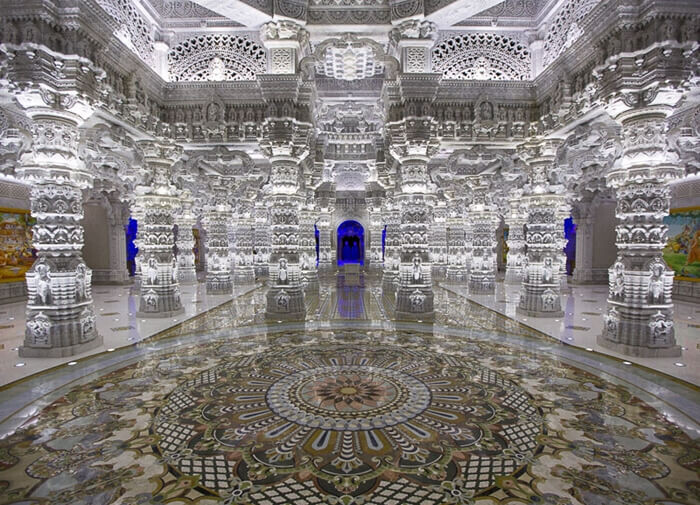
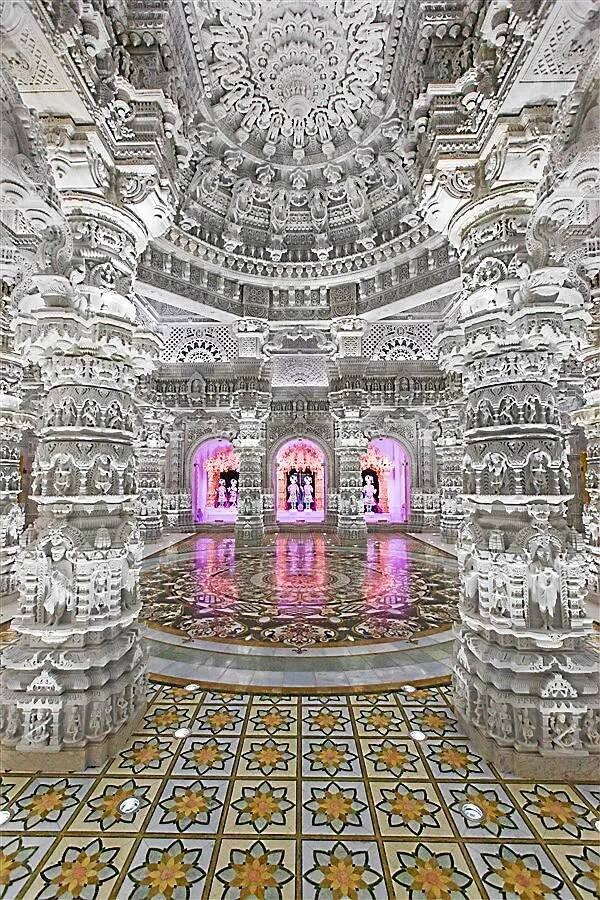
Even the smaller shrines on campus are spectacular and would warrant a visit. Visitors can enter this mandir at 11:15am each morning to observe a brief ceremony.
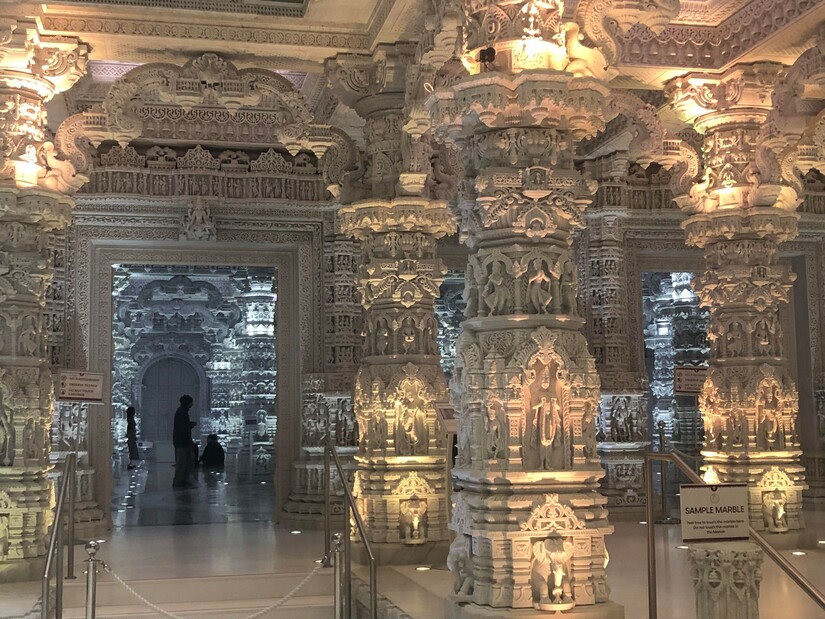
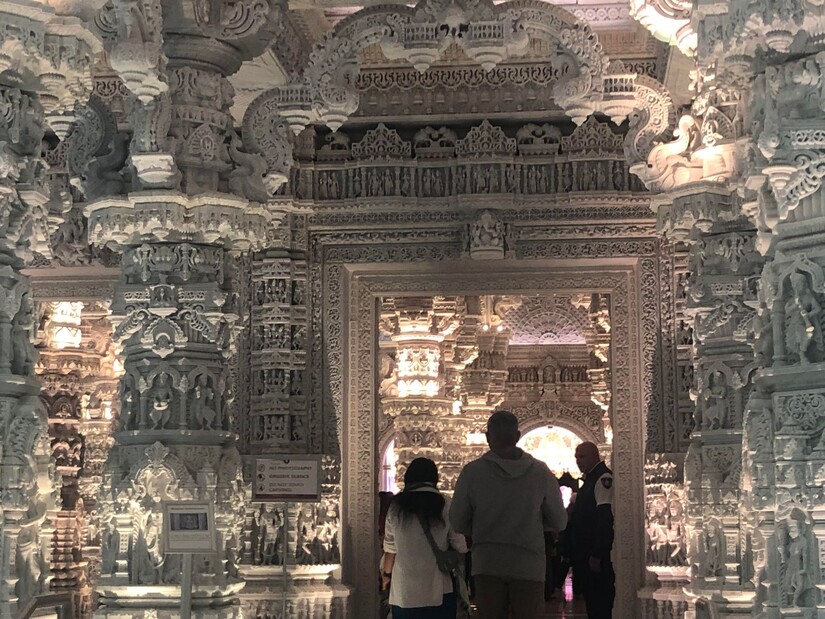
After exploring the temple, two questions arose. One: why New Jersey? And, two: how much did this behemoth cost? Google answered the first query quickly. There are currently 400,000 Hindus living in New York City and another 400,000 residing in New Jersey, with those populations expanding yearly. Apparently, the forces-that-be wanted to build the temple closer to the city, but finding 180 acres in the New York City metropolitan area at an affordable price proved too challenging.
The second question is more prickly. The “official” reported cost of the temple is $96 million. But after seeing the vastness of the facilities, coupled with the extensive stone carvings involved, and the 8-year construction period, I had trouble understanding how that cost could be so low. Digging deeper, I learned that paid labor was at a minimum during construction Over 12,500 Hindus volunteered their time to build the temple - all in the name of religious service. But the construction is not without controversy. A class-action lawsuit was filed alleging forced labor on 200 craftsmen brought from India. Investigations are apparently ongoing.
At the tour’s end, visitors pass through a gauntlet of service shops that are worth perusing. The gift shop is crammed full of Hindu religious idols, books, and t-shirts. A vegetarian cafe on the premises serves top-shelf Indian fare. My roasted red pepper paneer may be the best Indian meal I have ever partaken in, although the cheese dosa was just so-so. Those with less intrepid palates can gravitate to the pizza and paneer station. On the way out, swing by the snack shop for unusual noshes, including dessert for the car ride home.
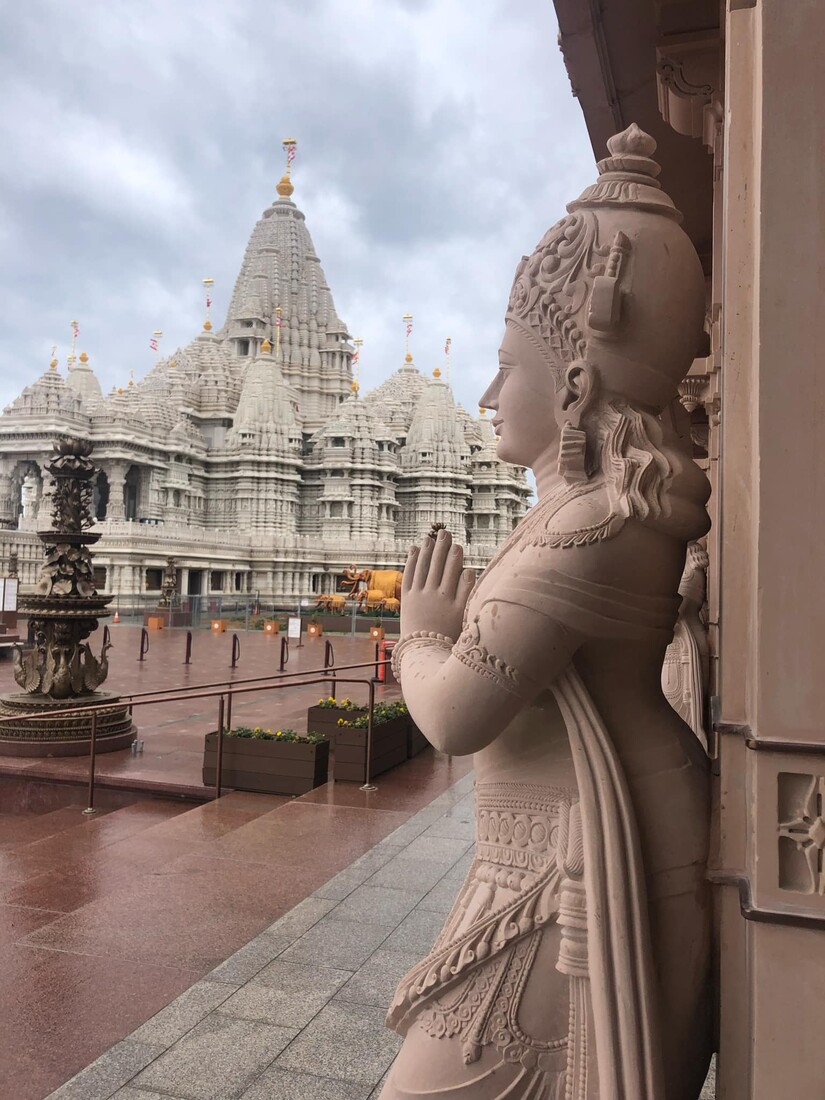
Public temple tours are offered at regular intervals throughout the day, but reservations are required on weekends and holidays. During my two weekday visits, attendance was sparse, but weekends reportedly can hit 20,000 visitors. If you plan to tour, be cognizant of the dress code delineated on the temple’s website. Also, make sure your socks don’t have holes, as shoes come off inside the temple.
For more visitor information, see: https://usa.akshardham.org/.

xx
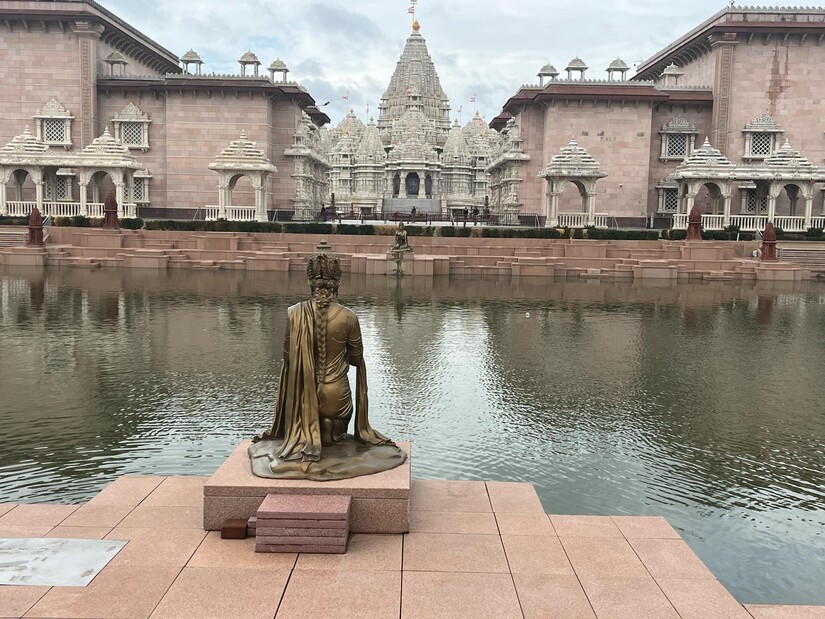
* Mike Strzelecki is a freelance travel and outdoor writer, and 1981 graduate of Boyertown Area Senior High School. He writes from his house in Baltimore, Maryland. In his spare time, he joins his wife on adventures around the country observing and photographing birds.